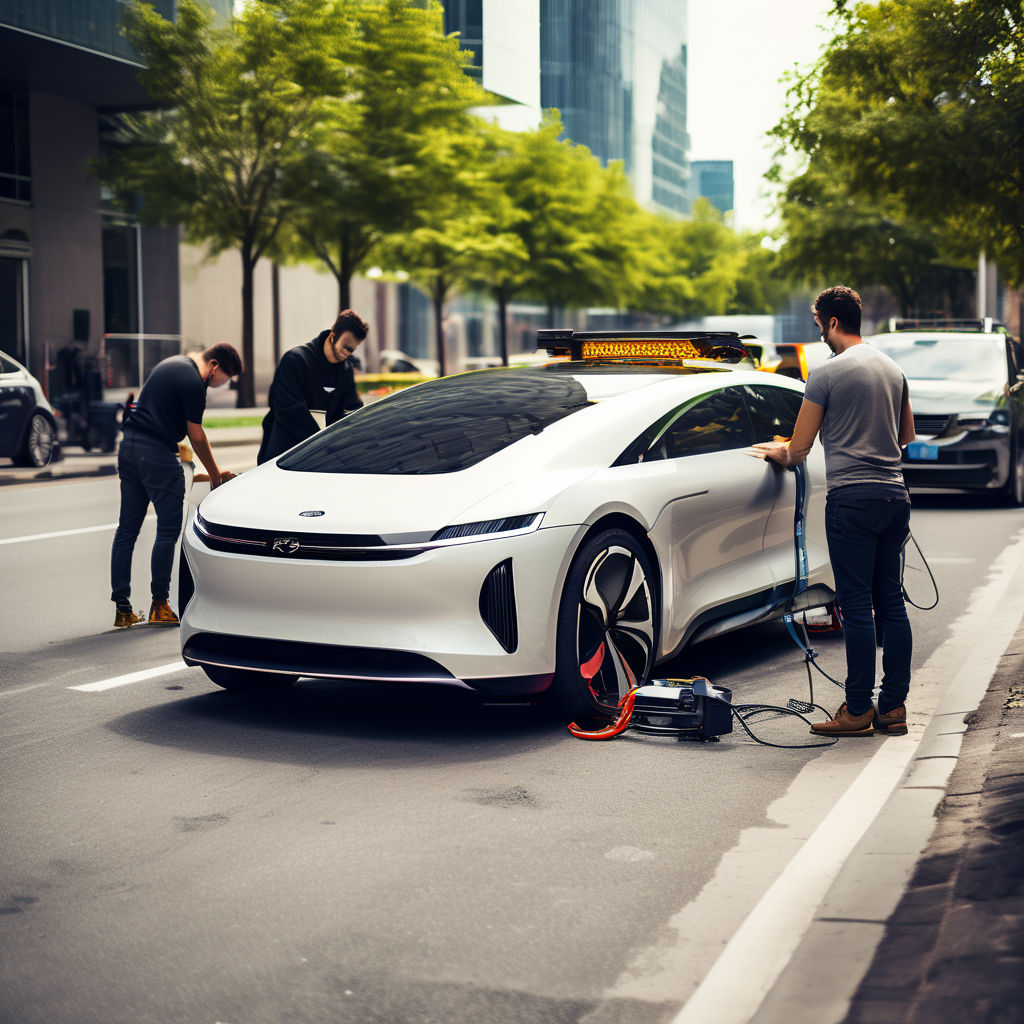
The Promise and Peril of Self-Driving Cars

Self-driving cars, once the realm of science fiction, are now a reality, with companies investing billions of dollars in their development. Proponents tout the potential benefits of autonomous vehicles, including improved safety, reduced traffic congestion, and increased mobility for the elderly and disabled. However, self-driving cars also pose significant challenges and risks, raising questions about safety, cybersecurity, and the future of transportation.

Benefits of Self-Driving Cars
Self-driving cars hold the promise of revolutionizing transportation in numerous ways:
- Improved Safety: Autonomous vehicles have the potential to significantly reduce traffic accidents caused by human error, such as distracted driving, speeding, and impaired driving. With advanced sensors, cameras, and artificial intelligence, self-driving cars can anticipate and react to potential hazards more quickly and effectively than human drivers.
- Enhanced Mobility: Self-driving cars can provide greater mobility and independence to individuals who are unable to drive due to age, disability, or other factors. Autonomous ride-sharing services could offer affordable and convenient transportation options for those without access to private vehicles or public transit.
- Reduced Congestion: Autonomous vehicles can optimize traffic flow and reduce congestion through improved coordination and communication. Self-driving cars can travel closer together at higher speeds, reducing the overall footprint of vehicles on the road and minimizing traffic delays.
- Environmental Benefits: By optimizing routes, accelerating and braking smoothly, and reducing idling time, self-driving cars have the potential to improve fuel efficiency and reduce emissions, contributing to cleaner air and mitigating the environmental impact of transportation.
Dangers of Self-Driving Cars
Despite their potential benefits, self-driving cars also pose significant risks and challenges:
- Technology Limitations: Current self-driving technology is not foolproof and may struggle in certain situations, such as inclement weather, complex urban environments, and unexpected road conditions. Unpredictable scenarios, such as construction zones, pedestrian crossings, and temporary traffic signals, present challenges for autonomous vehicles.
- Cybersecurity Threats: The integration of advanced technology into vehicles introduces cybersecurity vulnerabilities, raising concerns about hacking, malware, and unauthorized access to autonomous systems. A cyberattack on self-driving cars could compromise safety and security, leading to accidents or malicious activities.
- Legal and Regulatory Issues: The widespread adoption of self-driving cars raises complex legal and regulatory questions regarding liability, insurance, privacy, and ethical considerations. Determining responsibility in the event of accidents involving autonomous vehicles and establishing clear guidelines for their operation and deployment are ongoing challenges.
- Social and Economic Impacts: The widespread adoption of self-driving cars could have profound social and economic implications, including job displacement in the transportation sector, changes in urban planning and infrastructure, and shifts in consumer behavior and preferences. Addressing these impacts requires proactive planning and collaboration among policymakers, industry stakeholders, and the public.
The Future of Self-Driving Cars
Despite the challenges and uncertainties, the future of self-driving cars holds tremendous potential for transforming transportation and shaping the way we live and work:
- Continued Innovation: Advances in artificial intelligence, sensor technology, and connectivity will drive further innovation in self-driving cars, improving their safety, reliability, and performance. Continuous research and development efforts will address existing limitations and push the boundaries of autonomous vehicle capabilities.
- Integration with Smart Cities: Self-driving cars will play a key role in the development of smart cities, where connected and autonomous vehicles seamlessly interact with smart infrastructure, sensors, and traffic management systems. Automated transportation networks will optimize traffic flow, reduce emissions, and enhance urban livability.
- Shift in Ownership Models: The rise of autonomous ride-sharing services and mobility-as-a-service (MaaS) platforms could lead to a shift away from individual car ownership towards shared mobility solutions. This shift could reduce the overall number of vehicles on the road, alleviate parking congestion, and promote more sustainable transportation patterns.
- Transformative Impact: Self-driving cars have the potential to revolutionize industries beyond transportation, including logistics, delivery services, healthcare, and retail. Autonomous vehicles will enable new business models, enhance efficiency, and unlock new opportunities for innovation and economic growth.
In conclusion, self-driving cars offer a tantalizing glimpse into the future of transportation, promising safer, more efficient, and more accessible mobility for people around the world. While significant challenges and risks remain, the potential benefits of autonomous vehicles are too compelling to ignore, driving continued investment, research, and development in this transformative technology.




